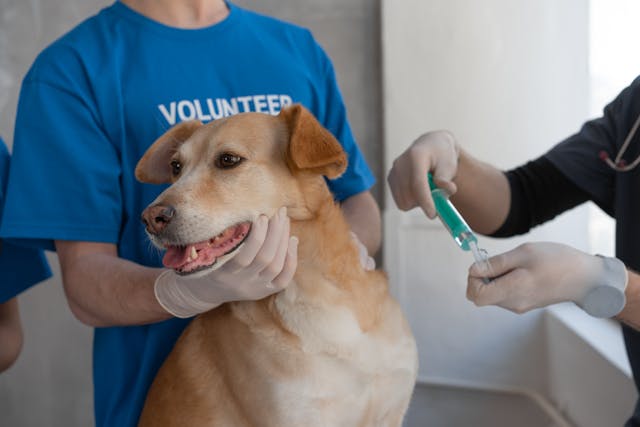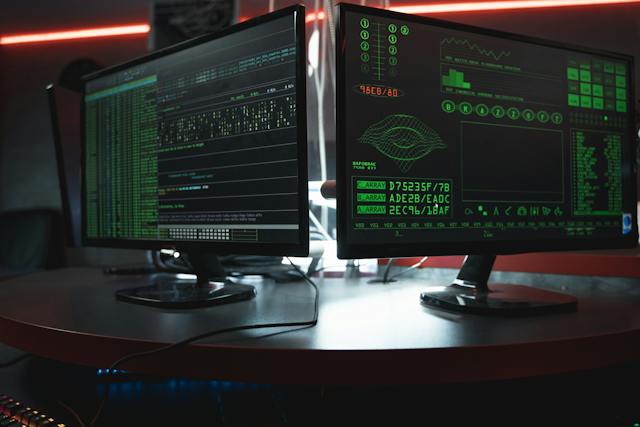
How Small Animal Veterinary Hospitals Handle Emergencies With Care
When your pet faces an emergency, you need quick, compassionate care. Small animal veterinary hospitals understand your worry and fear. Each moment counts. Veterinarians and staff act swiftly, focusing on your pet’s well-being. They assess, stabilize, and treat. The Dewitt veterinarian, for instance, ensures every step is handled with precision and care. You can trust their expertise. These hospitals are equipped with essential tools, ready to address urgent needs. Emergency teams work together, each person knowing their role. They remain calm, providing comfort to you and your pet. You are their priority. Skilled hands and caring hearts create a lifeline. The goal is clear: get your pet back to health. From triage to treatment, every action is deliberate. Trust forms, not just from medical skill, but from genuine care. You feel supported, knowing they are there when it matters most. Your pet’s health is in capable hands.
Essential Steps in Handling Emergencies
Veterinary hospitals follow clear protocols during an emergency. The first step is assessment. They quickly evaluate your pet’s condition, checking vital signs and identifying immediate threats. Next, they move to stabilization. This involves controlling bleeding, ensuring breathing, and providing fluids if needed. These initial steps are crucial. They prepare your pet for further treatment.
Treatment varies based on the emergency. It could involve surgery, medication, or other procedures. Throughout, the focus is on your pet’s safety and comfort. You receive updates, allowing you to stay informed and involved. This transparency helps build trust. You feel reassured, knowing experts are handling the situation.
Teamwork and Coordination
Teamwork is essential in veterinary emergencies. Each member has a specific role, whether it’s administering medication, monitoring vitals, or communicating with you. This coordination ensures nothing is overlooked. It enhances the quality of care your pet receives. You see firsthand how this teamwork benefits your pet’s recovery.
Veterinary staff undergo extensive training. They are prepared for various scenarios, from minor injuries to severe conditions. Their training includes not only medical skills but also communication and empathy. This comprehensive approach equips them to handle emergencies effectively, making them reliable in critical moments.
Understanding Common Pet Emergencies
You may wonder what situations require emergency care. Common emergencies include difficulty breathing, severe bleeding, sudden paralysis, or ingestion of harmful substances. Recognizing these signs early can be life-saving. Quick action allows you to seek help promptly, improving your pet’s chances of recovery.
Another emergency is heatstroke, particularly during warmer months. Symptoms include excessive panting, drooling, and lethargy. It’s vital to act immediately. Cooling your pet and getting them to a veterinarian can prevent severe outcomes. Being aware of these signs provides a proactive approach to your pet’s health.
Role of Technology in Emergency Care
Technology plays a significant role in modern veterinary care. From X-rays to ultrasound, these tools offer detailed insights. They help veterinarians make informed decisions quickly. These technologies are part of a broader strategy to provide high-quality care during emergencies.
A comparison of common technologies used in small animal veterinary hospitals:
| Technology | Purpose |
| X-rays | Identify fractures, foreign objects, and organ issues |
| Ultrasound | Examine soft tissues, like the heart and abdominal organs |
| Blood Analyzers | Assess organ function and identify infections |
These technologies enhance diagnostic accuracy. They help create effective treatment plans, ensuring your pet receives the best possible care.
How You Can Help During an Emergency
Your role during an emergency is vital. Remaining calm and providing accurate information about your pet’s condition aids the veterinary team. Bring any medications your pet takes or any relevant medical history. This information helps guide treatment decisions.
Questions are encouraged. You are an important part of the team. Understanding the situation allows you to make informed decisions about your pet’s care. You are not alone. The veterinary staff is there to support and guide you through the process.
For more information on how to prepare for pet emergencies, visit the American Veterinary Medical Association website.
Conclusion
Small animal veterinary hospitals are equipped to handle emergencies with care and skill. Their approach centers on your pet’s well-being, with clear steps and a coordinated team effort. You can trust their expertise in critical moments. By understanding common emergencies and knowing what to expect, you play a crucial role in your pet’s emergency care. Together with the veterinary team, you help ensure the best outcome for your beloved pet.



